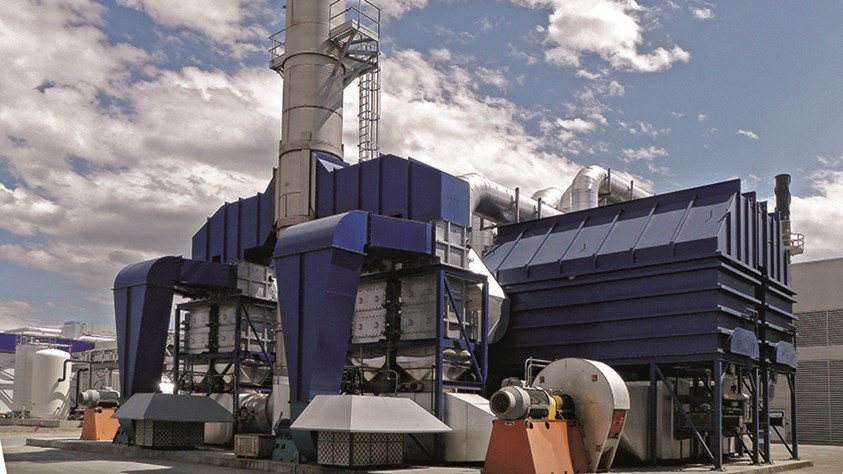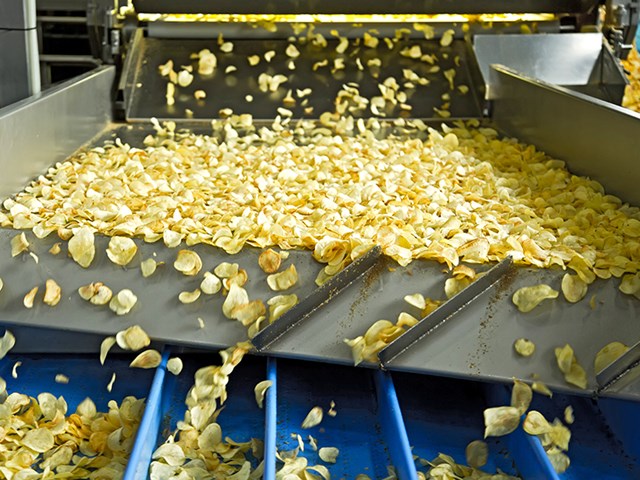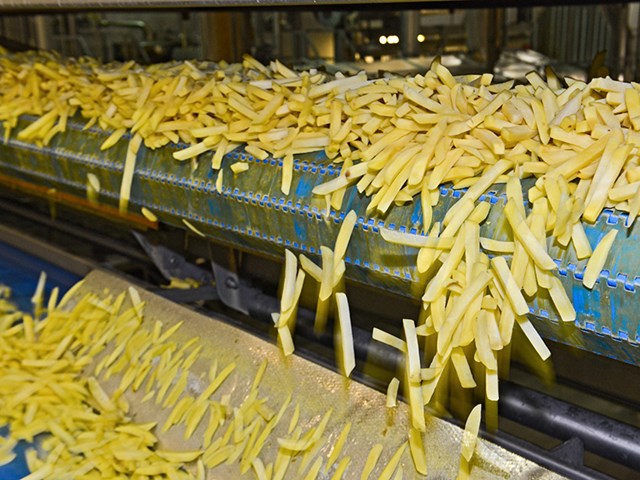Beim Versenden trat ein Fehler auf, bitte versuchen Sie es später erneut
Geschäftsfelder
Einloggen
Branchen
-
Landwirtschaft
- Automobilindustrie
- Battery
- Chemische Verarbeitung
-
Gewerblich genutzte und öffentliche Gebäude
- Baugewerbe
- Rechenzentren
-
Verteidigung und Raumfahrt
-
Elektronik
-
Essen und Trinken
-
Allgemeine Industrie/Produktion
-
Gewächshäuser
-
Gesundheitswesen
- Öl, Gas und Erdöl
- Pharmazeutische Produktion
-
Stromerzeugung und -verteilung
- Zellstoff, Papier und Druckindustrie
-
Freizeit und Erholung
-
Einzelhandel und Supermärkte
-
Schiffbau und Marine
- Stahlindustrie
-
Lagerung, Bestandserhaltung und Archive
- Temporäre Bauten
- Wasser und Abwasser
Applikationen
- Komfortsysteme für Gebäude
- Kühlhäuser
- Kombinierte Temperatur- Feuchtigkeitsregelung
-
Kühlung
-
Data center cooling
- Entfeuchtung
-
Trockenräume
- Energierückgewinnung
-
Farm-management
-
Beheizung
-
Befeuchtung
-
Mist Elimination and Gas Liquid Separation
- Tropfenabscheidung
- Emissionskontrolle und VOC-Beseitigung
- Sprühtrocknung
-
Belüftung
- Kundenservice
- High-Temperature
- Mietgeräte
-
Mass Transfer
- Abluftreiniger für die Landwirtschaft
- Climate and Irrigation Controllers for Agriculture
- Entfeuchter für den gewerblichen und industriellen Einsatz
- Heizen
- Kombinierte Temperatur- und -Feuchteregelung
- Kühler & Befeuchter
- Lufteinlässe
- Mass Transfer
- Produkte zur Energierückgewinnung
- Tropfenabscheider
- Verschmutzungs- und Lösemittelkontrolle
- Wetter- und Lichtschutz



